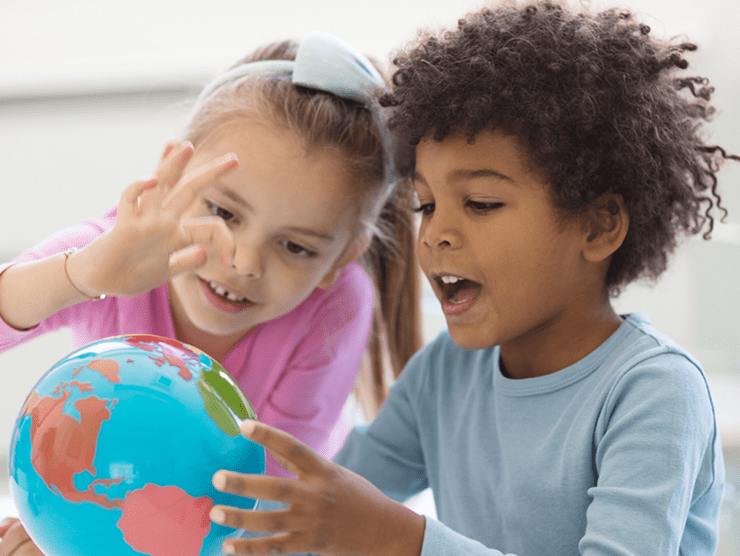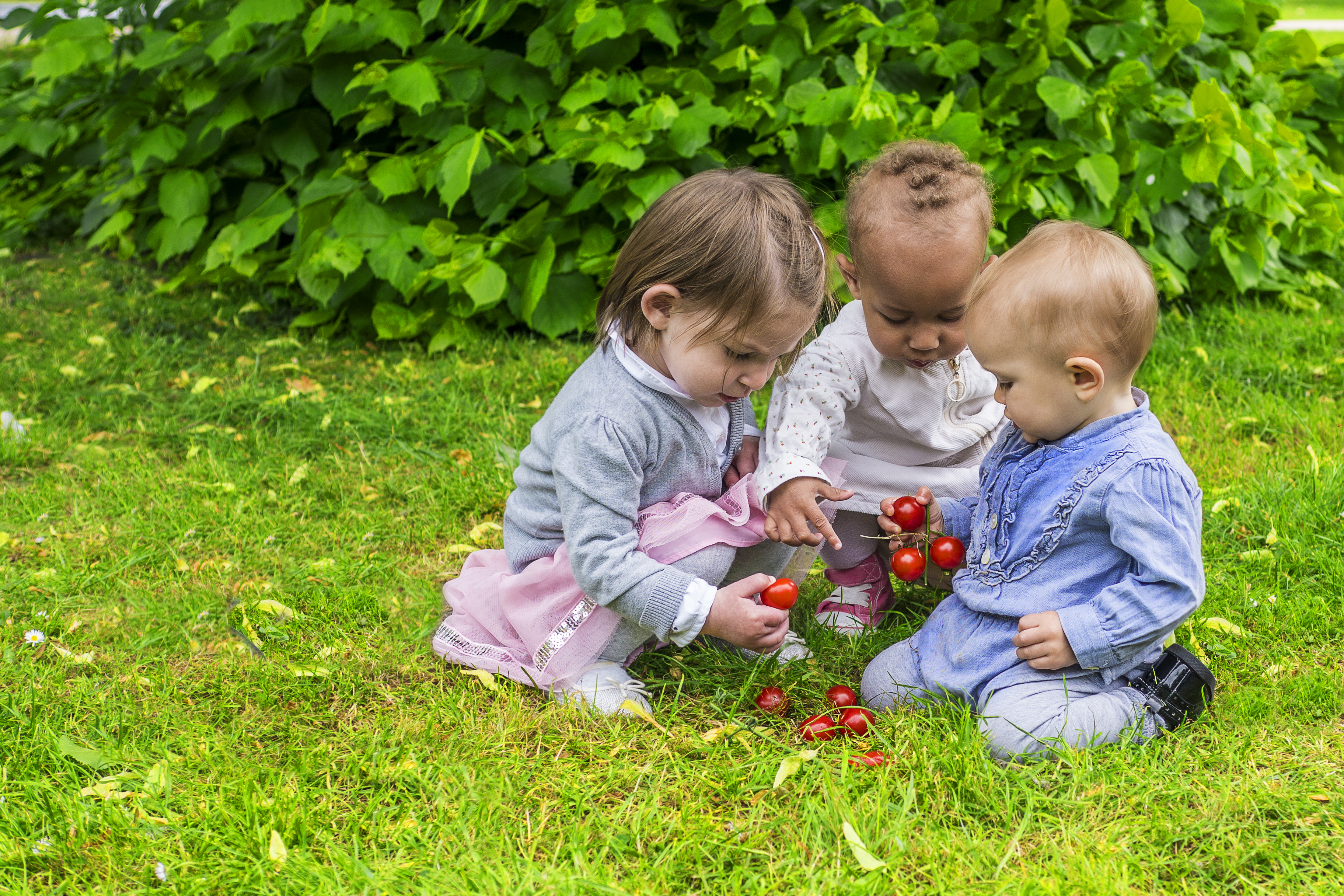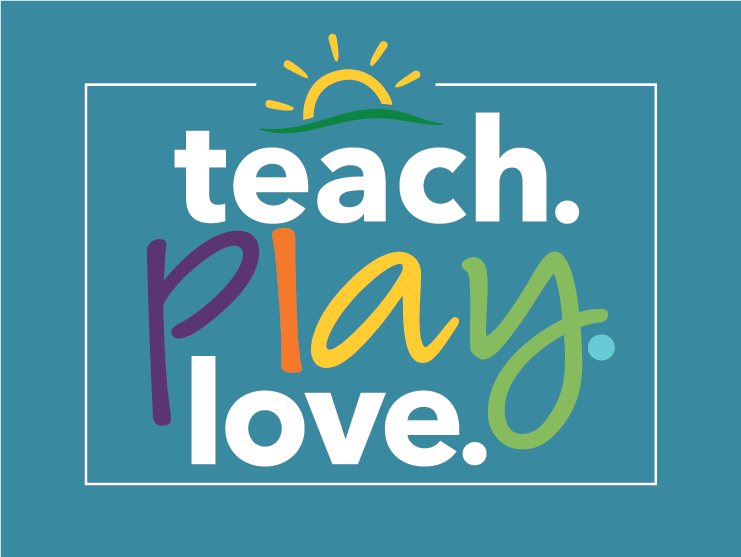At Bright Horizons, we’re passionate about creating places of belonging for children and families – classrooms where every child and family’s culture, traditions, and beliefs are seen, valued, and freely explored.
One of the ways we do this is through mirrors and windows. The phrase mirrors and windows refers to the teaching practice of offering children both opportunities to see reflections of themselves (mirrors) and opportunities to observe differences in the world (windows). Mirror experiences support positive identity development and allow the classroom to become a place of belonging. Window experiences allow children to see the diversity in their community and the larger society. When presented in a non-stereotypical and developmentally appropriate manner these provide an understanding of and empathy for the larger world.
Below are a few examples:
Picture Books. In picture books, children meet places, characters, and cultures similar to their own. These mirror experiences strengthen their sense of identity and pride. “I know who I am and where I come from. I understand my own experiences,” a child might think. In picture books, children also encounter places, characters, and cultures that are different from their own. These window experiences enlarge children’s understanding and foster empathy and curiosity. “I didn’t know about this way of being. I want to learn more.” Teachers intentionally read, explore, and discuss a variety of picture books with children at Bright Horizons.
Relationships. In Bright Horizons classrooms, the concept of windows and mirrors can be applied to both interactions and experiences. Teachers talk positively about each child’s characteristics and what is unique about each child and include children’s names in songs and stories. Families are invited to share special moments and traditions. In one classroom, for example, a child’s grandparents taught the children how to make latkes for Hanukkah. In another center, children helped make a blanket for a family who was expecting a baby. These authentic mirrors and windows shared experiences build a sense of trust and community.
Environment and Materials. Visit a Bright Horizons classroom and you’ll see the mirrors and windows approach from the moment you walk in the door. Photographs of the children and their families are often on display, along with children’s paintings, drawings, and sculptures. Teachers offer children a variety of beautiful resources such as materials from nature, interesting fabrics, or real-life tools and objects that can be used in many ways – rather than stereotypical plastic toys that tend to represent one culture. Teachers introduce art, music, and literature from many places and cultures.
We believe that education is more than teaching a child letters, numbers, and facts. Education is about helping children become human beings with a large capacity for kindness, empathy, and character who recognize, seek out, and create beauty in the world. We are educating children who will become happy, whole adults with the resources and skills to make positive contributions to society. Mirrors and windows is just one of the ways we support children’s whole-child growth.





